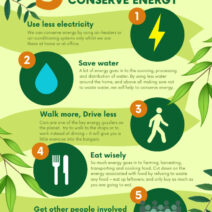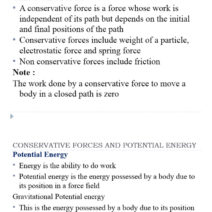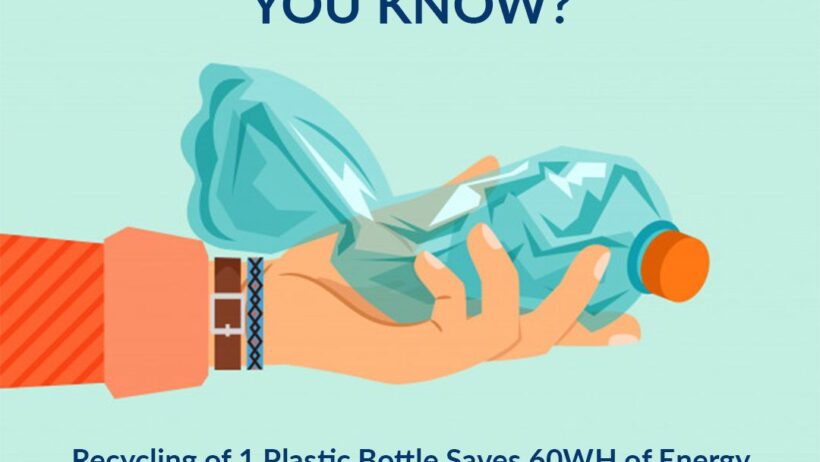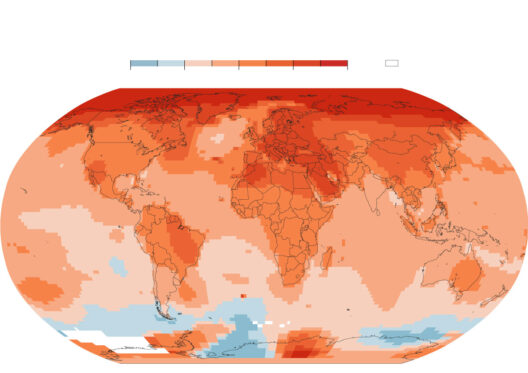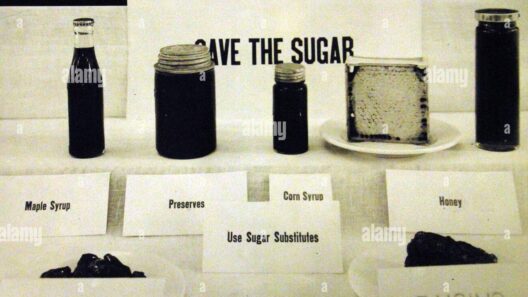In the intricate tapestry of our environment, each thread represents the elements that sustain life on Earth. Among these threads lies plastic—a ubiquitous yet pernicious entity that has woven itself into the very fabric of modern society. However, an intriguing act, deceptively simple yet profoundly impactful, can unweave some of its detrimental effects: recycling a single plastic bottle. This seemingly mundane act can conserve approximately 60 watt-hours (WH) of energy, a fact that may astonish many. The energy saved might be likened to the luminescence of light bulbs that brighten our spaces, a small flicker illuminating the vast potential of collective individual efforts.
When one ponders the journey of a plastic bottle—crafted from petroleum-based products—it becomes evident how energy-intensive this process is. The creation of new plastic, from extraction through manufacturing, demands substantial energy resources. An estimated 5.6 million British thermal units (BTUs) is expended to produce one ton of plastic—a workload equivalent to the energy consumed by an average household over several days. This adds a striking dimension to the narrative of consumption and waste: each bottle discarded without thought is not merely a physical artifact but also a relentless drain on our energy reserves.
Moreover, concerning the energy saved by recycling a single plastic bottle, 60 WH may seem negligible, perhaps just a whisper in the cacophony of environmental degradation. But this analogy can be expanded to encompass a profound truth: small actions lead to significant impacts. If 100 people chose to recycle their plastic bottles instead of throwing them away, that simple decision could save an astonishing 6,000 watt-hours in energy. In a world where collective effort often feels futile amidst grand challenges, each individual’s decision can kindle a flame of hope.
Imagine a distinctive metaphor: consider the process of recycling like a river carved through stone, a testament to persistence. Each bottle recycled is akin to a drop of water contributing to the flow, collectively eroding the barriers of waste. With each drop, the landscape of consumerism subtly transforms. If every individual were persistent, relentless in the act of recycling, the cumulative effect could carve a gorge of sustainability in the wasteland of consumer excess. This potent imagery highlights the unique appeal of recycling—it symbolizes not mere waste management, but a critical pathway towards a more sustainable existence.
Additionally, there is an intricate relationship between recycling and energy conservation that merits exploration. When a plastic bottle is successfully recycled, it bypasses the need for new raw materials, subsequently conserving resources and energy. Consider it a cascading effect: recycling reduces the demand for petroleum extraction and the consumption of energy in manufacturing. This ripple creates a significant decrease in greenhouse gas emissions; the link between recycling and climate action is irrefutable. With each recycled bottle, a small contribution is made to the larger battle against climate change—an effort to mitigate the detrimental impact of fossil fuels.
Beyond mere figures and measurements lies the stark reality of ecological consequences. The decision to recycle is not just rooted in energy savings but in safeguarding biodiversity and reducing landfill overflow. Each plastic bottle that finds its way back into the recycling stream is a step toward preserving ecosystems that support countless species. Representing both the past and future of our planet, the act of recycling creates a continuity—a bridge across generations. It involves recognizing the lineage of materials and making choices that honor both our heritage and the legacy we leave behind.
Envision communities transformed by a collective ethos of recycling rather than wastefulness. A culture where every household regularly participates in recycling programs can catalyze vast improvements in environmental health. Schools can become knowledge hubs, imparting the significance of recycling through innovative curriculums. Local governments can actively engage citizens, creating incentives that motivate recycling behaviors—like community competitions that advance recycling rates. Such measures may seem mundane; however, they foster a kinship among individuals bound by a shared commitment to environmental stewardship.
Moreover, while the act of recycling has immeasurable benefits on energy conservation, its success hinges on education and awareness. People must understand the implications of their choices. Simple yet potent messaging, emphasizing how recycling one plastic bottle can lead to the conservation of energy that fuels various aspects of daily life, can trigger a shift in mindset. Social media campaigns, community workshops, and informative resources can bridge the gap between knowledge and action—empowering individuals to not just recycle bottles but to become advocates for sustainable practices.
In summation, while the conservation of 60 watt-hours per recycled plastic bottle may seem a modest achievement, the ramifications are profound, echoing far beyond immediate energy savings. It remains a testament to the power of collective action and individual responsibility. Each act of recycling encapsulates the essence of hope—an invitation to consider the broader implications of our choices on the planet’s future. The tapestry of our environment can be rewoven, and it begins with a single plastic bottle transformed through recycling—a small thread in the massive fabric of climate action. Let us embark on this journey together, recognizing the intrinsic value of our individual contributions to a sustainable world.
